Jeddah, MINA – Indonesian Minister of Religious Affairs Nasaruddin Umar met with Saudi Minister of Hajj and Umrah Tawfiq F Al Rabiah during his visit to Saudi Arabia. The meeting took place in Jeddah on Sunday, January 12, 2025.
In a report received by MINA on Wednesday, Minister Nasaruddin Umar stated that three key topics were discussed with Minister Tawfiq, all aimed at improving services for Indonesian hajj pilgrims.
This was conveyed by Minister Nasaruddin after leading a meeting at the Hajj Affairs Office (Kantor Urusan Haji/KUH) at the Consulate General of the Republic of Indonesia (KJRI) in Jeddah.
“Our discussion covered three components, all aimed at improving the services for Indonesian hajj pilgrims,” Minister Nasaruddin explained in Jeddah on Wednesday.
First, Minister Nasaruddin requested additional hajj officers. He explained that Indonesian pilgrims often wait a long time before being able to perform the hajj, and as a result, many of them are elderly.
According to data from the Integrated Computerized Hajj System (Siskohat) at the Directorate General of Hajj and Umrah, more than 42,000 elderly pilgrims aged 65 and above are eligible to pay for the 2025 Hajj Service Cost (BPIH), in accordance with their sequence number. Additionally, around 10,000 priority quotas are allocated for elderly pilgrims this hajj season.
Some elderly pilgrims also have physical limitations. To ensure their successful pilgrimage, they require assistance. Currently, Indonesia’s quota for hajj officers stands at only 2,210.
“If we only have the current number of officers, one aircraft would only be accompanied by three officers for the entire flight group. How can 300 or 400 people be guided by only three individuals?” Minister Nasaruddin said.
Also Read: Indonesia’s Hajj Ministry Engages Local MSMEs to Strengthen Catering for 2026 Pilgrims
He added, “Moreover, the gender distribution must also be considered. It is impossible for male officers to serve female pilgrims. This is an issue we need to reassess.”
Regarding the age restriction for pilgrims over 90 years old, Minister Nasaruddin hoped that the benchmark should be based on the condition of health (istithaah), rather than just age. Many pilgrims aged 90 and above are in good health and capable of performing hajj activities.
Second, Minister Nasaruddin lobbied Minister Tawfiq for hajj officers to be exempted from the Masyair (Arafah-Muzdalifah-Mina) entry fees. This regulation is expected to be applied by Saudi Arabia during the 1446H hajj season. “We have asked if it is possible for us to be exempt from these charges, as we were last year,” he stated.
Third, Minister Nasaruddin presented the Tanazul scheme to the Saudi Minister of Hajj. The Tanazul scheme allows pilgrims staying near Jamarat to return to their hotels (instead of staying in Mina tents) during the Mabit phase. They will then spend the night near the Jamarat area and return to their hotels to rest afterward.
Also Read: Indonesia Denies Being Destination for Forced Relocation of Gaza Residents
“This scheme will help reduce congestion in Mina. The number of Indonesian hajj pilgrims is very large, and this scheme is seen as effective in alleviating overcrowding,” Minister Nasaruddin added.
He also noted that many countries have praised Indonesia’s hajj management, and as a result, numerous countries have visited Indonesia to learn about its hajj management system.
In addition to meeting with the Minister of Hajj and Umrah, Minister Nasaruddin also met with several stakeholders involved in hajj services during his visit to Saudi Arabia.
“We would also like to express our gratitude to the Government of Saudi Arabia for designing the hajj program very well. I believe this is also the Indonesian government’s ambition to make this year’s hajj arrangements better than before,” Minister Nasaruddin concluded. (T/RE1/P2)
Also Read: Indonesian Humanitarian Alliance Urges President Prabowo to Take Role in Sudan Crisis
Mi’raj News Agency (MINA)





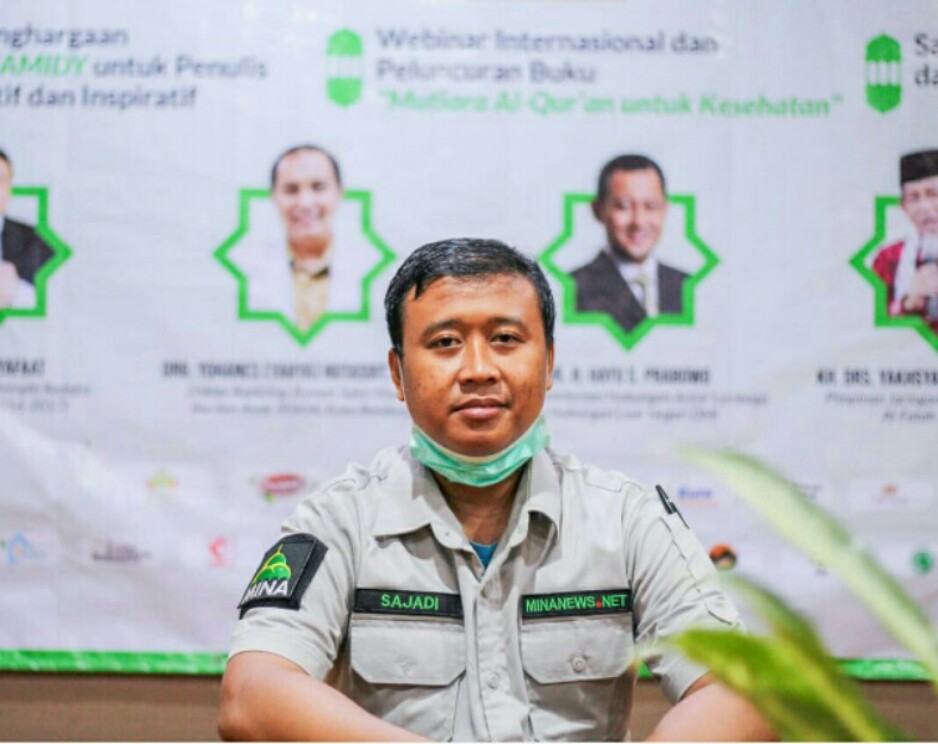
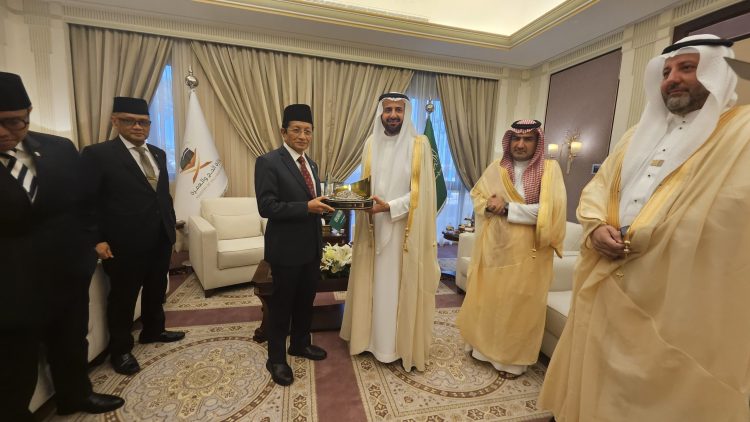


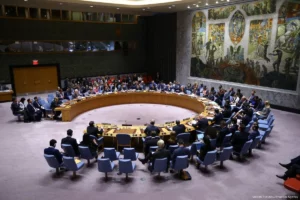


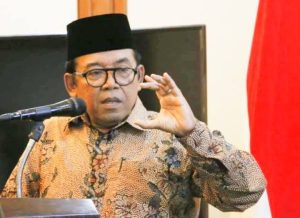

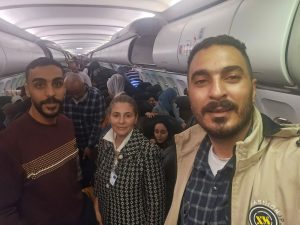

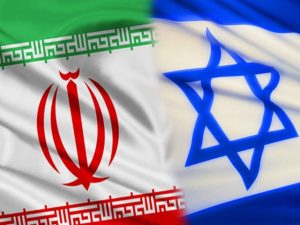
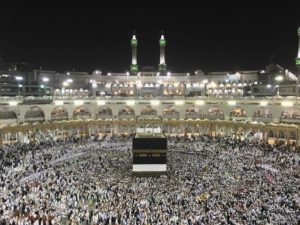
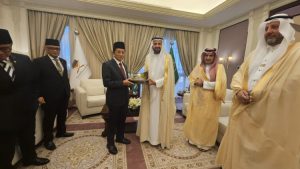
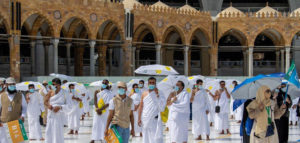
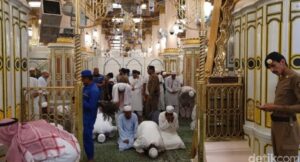
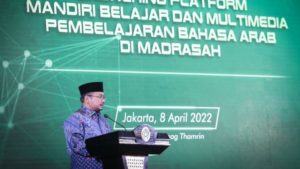



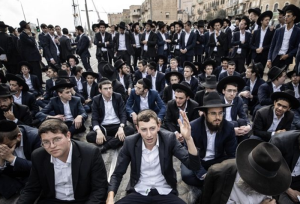
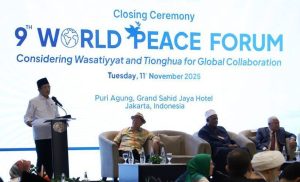






 Mina Indonesia
Mina Indonesia Mina Arabic
Mina Arabic